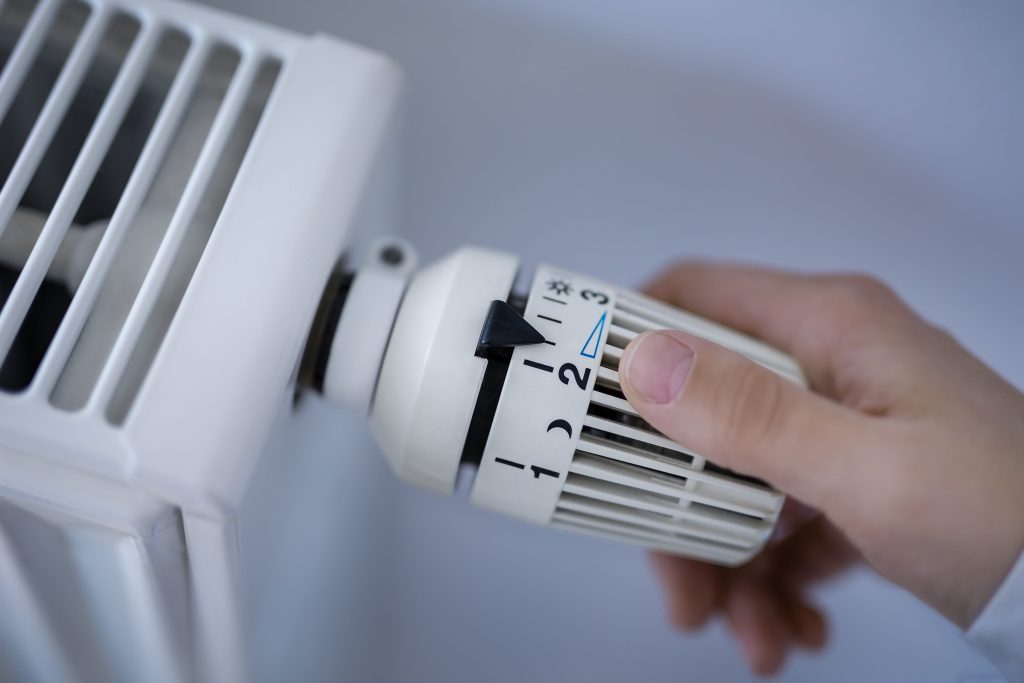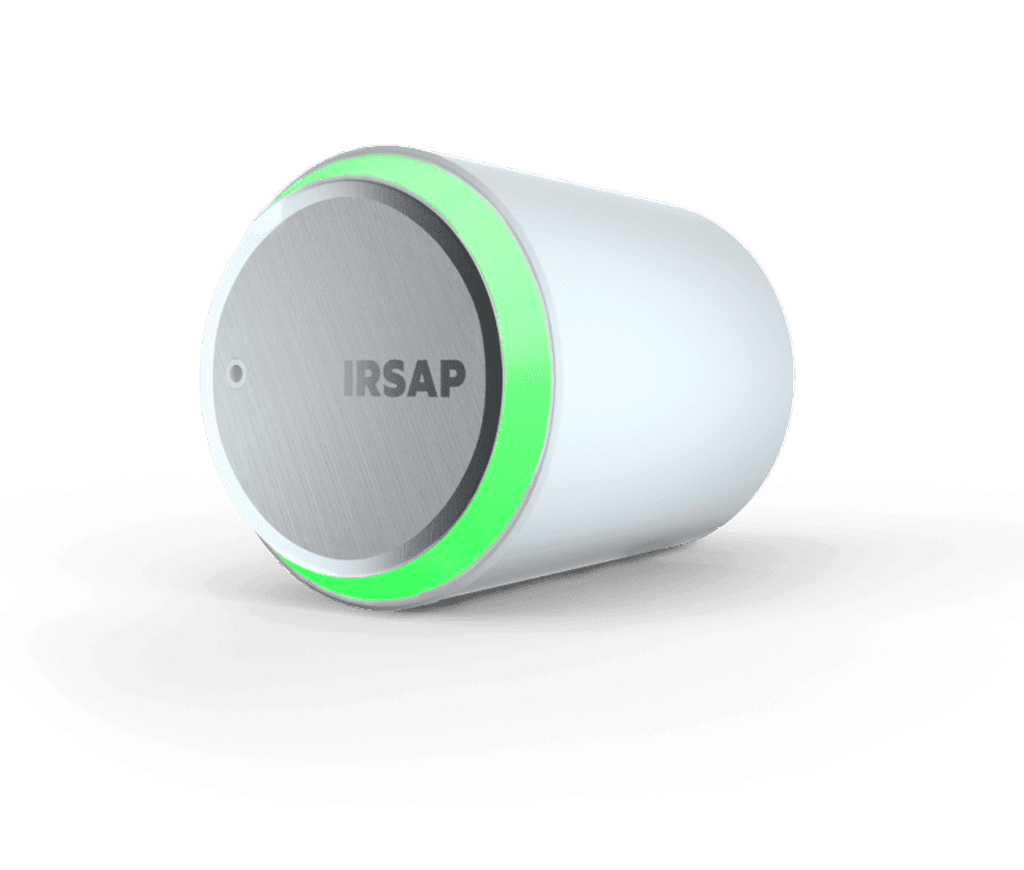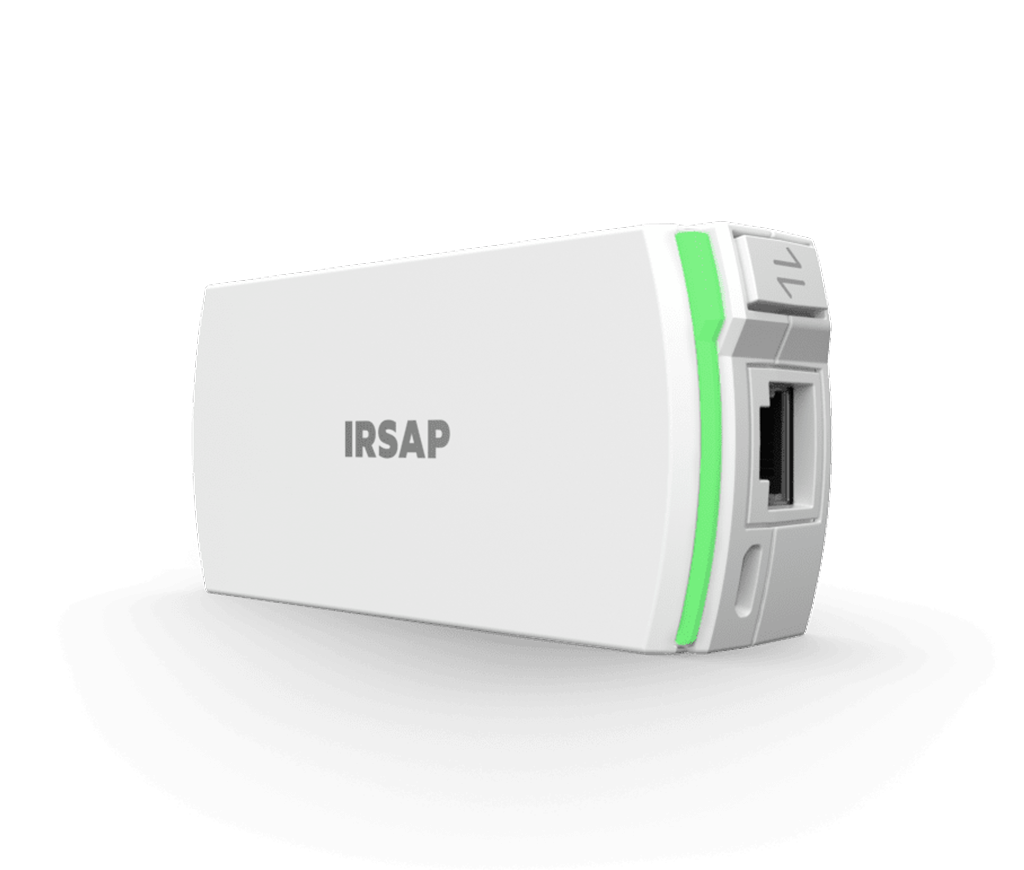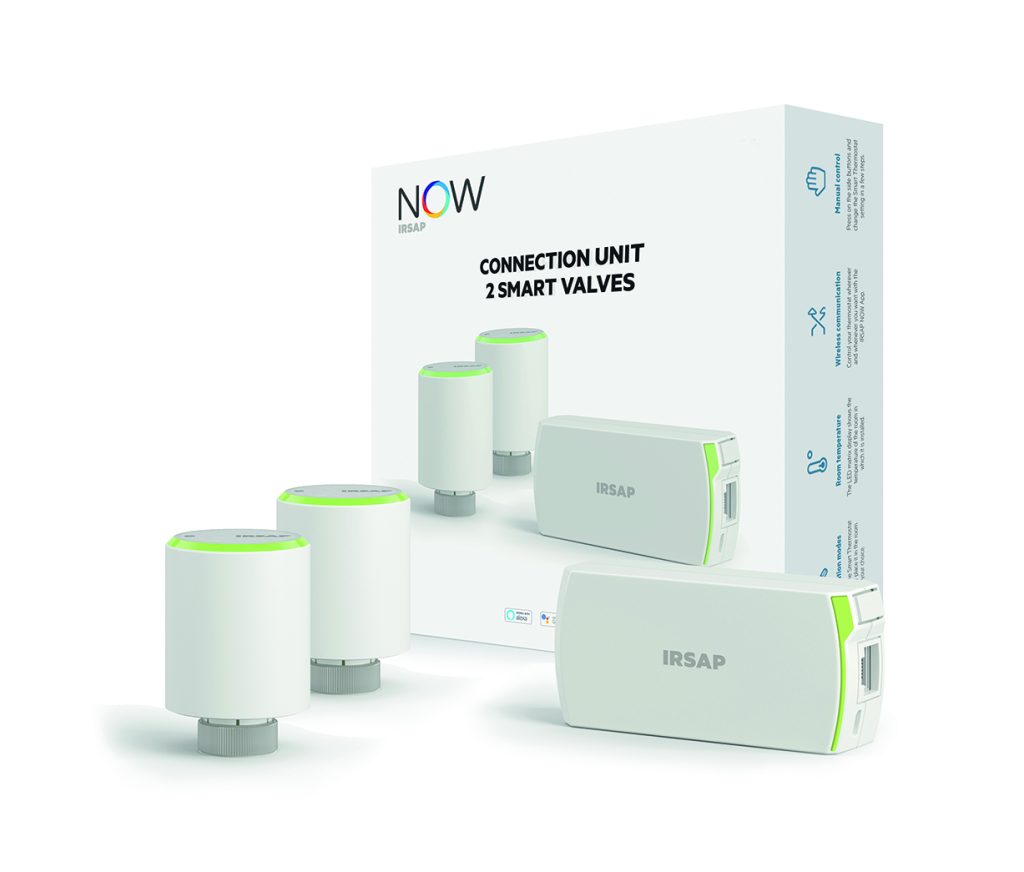
Radiator valves explained and how to choose them
Radiator valves are the devices to regulate the flow of hot water based on the temperature you choose for different areas in your home. They have the advantage of being easy to install, thus avoiding energy waste.
Here's how to choose them and make the most of their features to reduce energy consumption and enhance comfort.
How do radiator valves work?
Thermostatic radiator valves are mechanisms that regulate the flow of hot water within radiators and heating systems.
Depending on how they work, they can be divided into two categories:
- traditional thermostatic valves, with a mechanical operation;
- smart thermostatic valves, with next-generation electronic controls.
Let's explore how they differ.
Traditional Thermostatic Valves
Traditional thermostatic valves, or manual thermostatic valves, are manually operated valves installed on radiators to control the room's temperature by adjusting the heat output. They operate as follows.
- Through a control knob, the valve regulates the flow of water into the radiator.
- Each thermostatic valve is connected to a control knob, usually featuring a graduated scale with values ranging from 0 to 5.
Smart Thermostatic Valves
Similar to traditional radiator valves, smart radiator valves regulate water flow to manage heat distribution from the heating elements.
The installation of smart valves does not require any structural modifications or wiring. They can easily replace traditional valves.
The strengths of smart valves lie in their innovative features designed to prevent a radiator from heating a room excessively or insufficiently. The result is a more precise and careful management of the heating system, often leading to cost savings on energy bills.
- Installing a smart thermostatic valve for your radiators makes it more convenient and immediate to reach the desired temperature.
- Unlike traditional valves, which require manual adjustments, smart valves can be controlled remotely, even through a smartphone, allowing users to achieve the preset temperature without direct intervention.
How to Adjust Radiator Valves?
Thermostatic radiator valves are adjusted based on the desired temperature in a given space, typically on a scale ranging from 0 to 5.
- For instance, setting the radiator valve to 0 closes the shutter almost completely, rendering the radiator inactive. The radiator is then off, providing only an anti-freeze temperature inside the space.
- Conversely, selecting the value 5 fully opens the radiator valve and the radiator operates at its maximum capacity.
The control knob of the valve is connected to a thermostatic bulb, an internal component sensitive to heat. It expands and contracts based on the room temperature:
- when the room temperature is higher than the setting on the knob, the bulb expands, hindering the flow of hot water into the radiator;
- when the temperature is lower, the bulb contracts, facilitating the flow of water into the radiator.
With traditional valves, manual intervention is always required to adjust the room temperature. In contrast, for smart valves, a simple click on the smartphone screen from any location is sufficient.
Remote management allows precise and detailed monitoring and balance of the temperature in each room. Advanced technology introduces additional functionalities.
- Thanks to the Multi-Zone function, for example, only the rooms that require heating at a specific time can be heated, optimising energy consumption.
- Some smart thermostatic valves are equipped with intelligent sensors capable of detecting open windows in our homes.
- With this function, heating is deactivated when the sensors detect an open window in a room or area of the apartment.
- In the rest of the house, heat distribution is not interrupted, avoiding unnecessary heat loss that contributes to savings on the gas bill.
Cutting-edge technology also contributes to the Geofencing system, which detects the presence of a user in the room, activating the heating accordingly. This is an additional feature that helps improve the heating system's operation according to the habits of the home occupants.
Another very useful setting of this type of radiator valve is the mode that monitors the proper functioning of the heating system while on holiday.
- By setting the devices to the anti-freeze temperature, they are configured to prevent any issues with the system.
- The anti-freeze temperature is set by default at 5° C (41° F) but can be raised to 11.5° C (52,7° F).
- It serves as a "safety temperature" because it does not heat the environment and simultaneously prevents the temperature from dropping below the critical threshold that could cause the pipes to freeze and break.

How much does it cost to replace radiator valves?
A reliable smart radiator valve costs around 85 euros. While there is a slight increase compared to the traditional ones, it is considered a concrete investment in prudent consumption management and, consequently, final savings.
- Smart thermostatic valves offer the significant advantage of optimising heating system performance based on the needs and habits of the occupants.
- Adjusting radiator operations becomes easier through the smartphone app.
- In addition to achieving considerable cost savings, they reduce carbon dioxide emissions into the atmosphere, contributing to a better living environment.
- They can be connected to a home voice assistant like Google Home or Amazon Alexa.
- With simple voice commands, it is possible to change thermostatic valve settings in a specific area, adjusting the temperature to the desired value.
Higher-quality smart thermostatic valves also offer various aesthetic solutions, for a perfect match with the style of the home. Choosing the most suitable colour for the smart valves can enhance the overall context, making rooms even more welcoming and pleasant for family and guests.
Smart thermostatic valves are compatible with all radiator brands on the market, with thermostatic hydraulic valves featuring standard pitch or connection.
They are easy to install and by consulting the provided guides, users can autonomously configure the system quickly and easily to fully benefit from the advantages offered by smart valves.

How to check if the thermostatic valve is working?
The lifespan of radiator valves varies and depends mainly on the quality of the chosen product and the technology applied in its design.
- Product quality: better materials and improved assembling system allow for greater durability.
- Designing technology: more innovative solutions are likely to remain more efficient over time, reducing the need for frequent replacement of radiator valves.
Considering these factors, the average lifespan of radiator valves can be evaluated at around 10 years. After this time, if no prior issues or breakages have been observed, it is advisable to schedule a check from a specialised technician to determine whether and when to proceed with replacement.
To maximise the life of the valves and radiators in general, it is important to monitor the following issues:
- rust or signs of corrosion.
- valve blockages.
If rust or signs of corrosion have developed due to prolonged use of the radiator, it is essential to contact a technician promptly for a chemical flush of the radiator. This helps prevent a reduction in the heating performance of the radiator.
When sediment in the water inside radiators accumulates in the valves, they may not provide the necessary heat to adequately warm the home.
To address these issues, it is necessary to consult a specialised technician to assess how to intervene and determine whether it is necessary to replace the devices.
Proper use of radiator valves significantly contributes to energy savings. Therefore, it is advisable to factor in regular maintenance of the heating system to avoid dissipating the benefits achieved.
Not just valves: how to increase the performance of radiators
Here are some rules to keep in mind to further enhance the performance ensured by the use of valves.
- Avoid covering the radiator with curtains and blankets to reduce heat loss.
- Close the valves when deciding to ventilate the rooms by opening the windows.
- Ensure that the shutters are lowered at night for good thermal insulation.
- Ventilate the rooms in the house even in winter, but avoid letting the rooms cool too much.
- Regularly clean and vent the radiators to maintain proper water circulation.
- Turn the valves to the maximum when the centralised heating is turned off to avoid pressure issues and blockages due to limescale formation.
Smart heating is a significant step forward in terms of the performance.
- It can take into account the weekly, daily and hourly habits of the home occupants.
- Through programming, the temperature in living spaces will adjust automatically, avoiding the inconvenience that occurs when forgetting to modify the temperature manually.
Smart thermostatic valves for radiators are also equipped with a manual lock to ensure the safety of children. This prevents children from inadvertently changing the heating system's status by reaching the radiator valve and altering the set parameters. It is also useful to avoid mishaps when cleaning the radiators.
Other articles

Smart Valve
Control the temperature of each room separately. Our wireless thermostatic valves are compatible with all radiator brands and leading hydraulic valve manufacturers.

Connection Unit & Repeater
Multi-storey or very large house? Add a Connection Unit to be used in Repeater mode to extend the signal to all rooms and ensure proper communication with other devices in your IRSAP NOW wireless heating system.

Smart Valve Kit
The IRSAP NOW smart thermostat valve kit is ideal to start experiencing home comfort with smart heating. With IRSAP NOW Smart Valves you control the temperature from wherever and whenever you want via smartphone.






